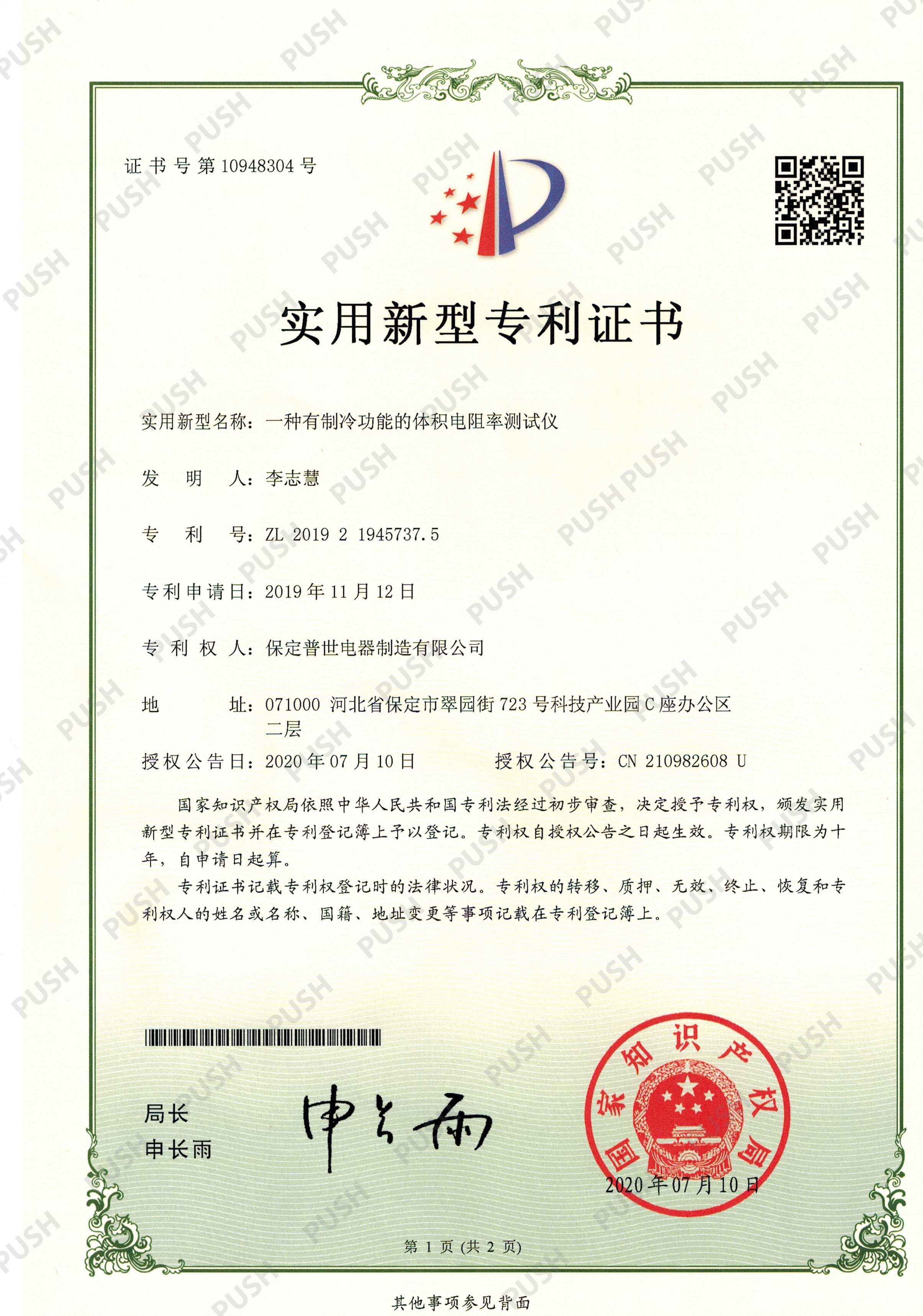 English
English



-
 Afrikaans
Afrikaans -
 Albanian
Albanian -
 Amharic
Amharic -
 Arabic
Arabic -
 Armenian
Armenian -
 Azerbaijani
Azerbaijani -
 Basque
Basque -
 Belarusian
Belarusian -
 Bengali
Bengali -
 Bosnian
Bosnian -
 Bulgarian
Bulgarian -
 Catalan
Catalan -
 Cebuano
Cebuano -
 China
China -
 China (Taiwan)
China (Taiwan) -
 Corsican
Corsican -
 Croatian
Croatian -
 Czech
Czech -
 Danish
Danish -
 Dutch
Dutch -
 English
English -
 Esperanto
Esperanto -
 Estonian
Estonian -
 Finnish
Finnish -
 French
French -
 Frisian
Frisian -
 Galician
Galician -
 Georgian
Georgian -
 German
German -
 Greek
Greek -
 Gujarati
Gujarati -
 Haitian Creole
Haitian Creole -
 hausa
hausa -
 hawaiian
hawaiian -
 Hebrew
Hebrew -
 Hindi
Hindi -
 Miao
Miao -
 Hungarian
Hungarian -
 Icelandic
Icelandic -
 igbo
igbo -
 Indonesian
Indonesian -
 irish
irish -
 Italian
Italian -
 Japanese
Japanese -
 Javanese
Javanese -
 Kannada
Kannada -
 kazakh
kazakh -
 Khmer
Khmer -
 Rwandese
Rwandese -
 Korean
Korean -
 Kurdish
Kurdish -
 Kyrgyz
Kyrgyz -
 Lao
Lao -
 Latin
Latin -
 Latvian
Latvian -
 Lithuanian
Lithuanian -
 Luxembourgish
Luxembourgish -
 Macedonian
Macedonian -
 Malgashi
Malgashi -
 Malay
Malay -
 Malayalam
Malayalam -
 Maltese
Maltese -
 Maori
Maori -
 Marathi
Marathi -
 Mongolian
Mongolian -
 Myanmar
Myanmar -
 Nepali
Nepali -
 Norwegian
Norwegian -
 Norwegian
Norwegian -
 Occitan
Occitan -
 Pashto
Pashto -
 Persian
Persian -
 Polish
Polish -
 Portuguese
Portuguese -
 Punjabi
Punjabi -
 Romanian
Romanian -
 Russian
Russian -
 Samoan
Samoan -
 Scottish Gaelic
Scottish Gaelic -
 Serbian
Serbian -
 Sesotho
Sesotho -
 Shona
Shona -
 Sindhi
Sindhi -
 Sinhala
Sinhala -
 Slovak
Slovak -
 Slovenian
Slovenian -
 Somali
Somali -
 Spanish
Spanish -
 Sundanese
Sundanese -
 Swahili
Swahili -
 Swedish
Swedish -
 Tagalog
Tagalog -
 Tajik
Tajik -
 Tamil
Tamil -
 Tatar
Tatar -
 Telugu
Telugu -
 Thai
Thai -
 Turkish
Turkish -
 Turkmen
Turkmen -
 Ukrainian
Ukrainian -
 Urdu
Urdu -
 Uighur
Uighur -
 Uzbek
Uzbek -
 Vietnamese
Vietnamese -
 Welsh
Welsh -
 Bantu
Bantu -
 Yiddish
Yiddish -
 Yoruba
Yoruba -
 Zulu
Zulu
Load Testing Simulation for Single Phase Transformer in Virtual Environment
Load Test on Single Phase Transformer A Virtual Lab Exploration
In the realm of electrical engineering, transformers play a pivotal role in the efficient transmission and distribution of electrical energy. A single-phase transformer, a crucial component in many electrical systems, allows for the stepping up or stepping down of voltage levels. Understanding its performance under different loading conditions is vital, which is where load testing comes into play. With the advent of technology, virtual labs have emerged as effective platforms for conducting such experiments, making it easier for students and professionals to comprehend transformer behavior without the complexities of physical setups.
A load test is essential for determining how a transformer performs under actual operational conditions. In a traditional lab setting, this would involve connecting the transformer to a load and measuring parameters like voltage, current, power factor, and efficiency. However, a virtual lab simulates these conditions, providing an interactive and user-friendly environment. Users can manipulate variables such as load resistance and observe the resulting effects on the transformer’s performance.
One primary objective of conducting a load test in a virtual lab is to evaluate the voltage regulation of the single-phase transformer. Voltage regulation refers to the change in output voltage when the load varies from no load to full load. In a well-designed virtual lab, users can incrementally increase the load and monitor how the output voltage responds, providing valuable insights into the transformer's capabilities and limitations.
load test on single phase transformer virtual lab

Another aspect to explore during a load test is the efficiency of the transformer. Efficiency is a measure of how well the transformer converts input power to output power, ideally expressed as a percentage. By logging input and output values during the load test, users can calculate the transformer’s efficiency at various load levels. This hands-on experience in a virtual environment enhances the understanding of efficiency curves and helps students grasp the implications of losses in transformers, including copper losses and core losses.
Additionally, virtual labs allow for the safe exploration of fault conditions that may occur during transformer operation. By introducing scenarios such as short circuits or overloads, users can observe the behavior of the transformer under stress. This not only reinforces theoretical knowledge but also prepares students for real-world challenges they may encounter in the field.
Moreover, virtual labs provide instant feedback and analysis. Many platforms offer graphical representations of results, enabling users to visualize relationships among different parameters. This immediate access to data and the ability to conduct multiple trials enhance learning, making it easier to draw meaningful conclusions from the experiments conducted.
In conclusion, conducting load tests on single-phase transformers through virtual labs serves as an invaluable educational tool. By simulating real-world conditions and offering safe experimental environments, virtual labs facilitate a deeper understanding of transformer operation, efficiency, and reliability. As technology continues to evolve, the importance of such immersive learning experiences in electrical engineering will only grow, paving the way for the next generation of engineers to excel in their fields.
-
Ensuring SF₆ Gas Safety: Introducing PUSH’s Integrated SF₆ Analyzer for Dew Point, Purity, and Decomposition MonitoringNewsJul.10,2025
-
Exploring the Main Types of Industrial Endoscopes and Their Applications Across IndustriesNewsJul.04,2025
-
Testing Equipment Industry Sees Major Advancements in 2025: Smart & Precision Technologies Lead the WayNewsJun.06,2025
-
Applications of Direct Current Generators in Renewable Energy SystemsNewsJun.05,2025
-
Hipot Tester Calibration and Accuracy GuidelinesNewsJun.05,2025
-
Digital Circuit Breaker Analyzer Features and BenefitsNewsJun.05,2025



